Scandinavian design is an aesthetic trend born in the northern countries, mainly Denmark, Sweden and Finland. Its scope covers furniture, lighting, decoration (tableware, fabrics, decorative objects, household linen, etc.) and personal equipment – clothing, bags and accessories.
Even if it is very diverse in its expression and has varied a lot over time, Scandinavian design relies on a constant base of values, first and foremost minimalism, functionality and durability. It ranges from mid-range to high-end, sometimes to very high-end, with the constant concern to offer a good quality/price ratio.
Scandinavian design dominated the world from the '30s to the '70s, before gradually fading into obscurity with its great tutelary figures, such as Poul Henningsen (1894-1967), Arne Jacobsen (1902-1971), Børge Mogensen (1914-1972), Alvar Aalto (1898-1976), Poul Kjærholm (1929-1980), Finn Juhl (1912-1989), Maija Isola (1927-2001) or Hans J. Wegner (1914-2007).
Today, Scandinavian design is back in the spotlight, thanks to a new generation of designers and the emergence of highly creative and successful publishers who have succeeded in keeping with the tradition of classic Scandinavian design while renewing it from top to bottom.
Scandinavia Design aims to be the world's leading retailer of Scandinavian design.
Several key factors unite the Scandinavian Design approach. A number of these have their origin in the characteristics of the Nordic environment. The northern countries are famously dark, cold and snow-covered for long months of the year, with brief, intense light-filled summers. Important areas are mountainous and heavily forested. It is therefore not surprising that many Scandinavian designs have been inspired in some sense by organic forms, materials or natural patterning.
1931
2022
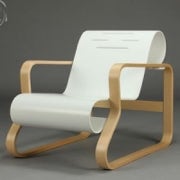
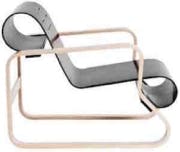

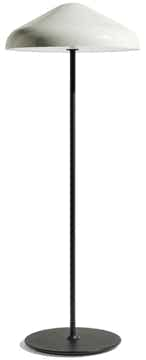
1932
2021
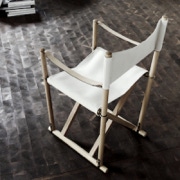



1933
2020
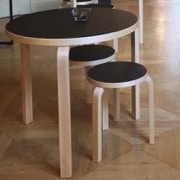
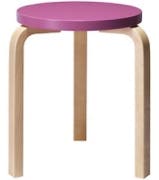


1935
2019
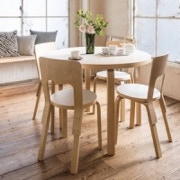
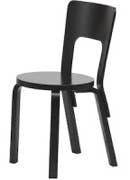


1936
2018
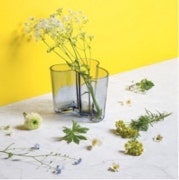
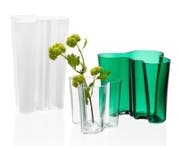
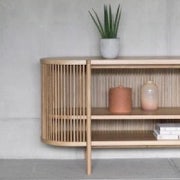

1936
2017
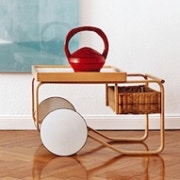
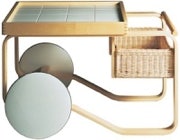
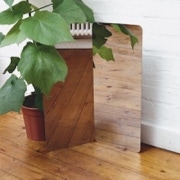
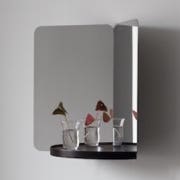
To survive in such inhospitable conditions, Scandinavian have developed a strong practical bent that makes the most out of limited resources and delivers workable solution with optimum economy. Before the modernist’ credo “form follows function” was ever coined, the useful everyday Scandinavian objects displayed such a conviction.
1936
2016
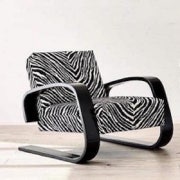
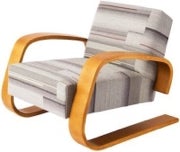
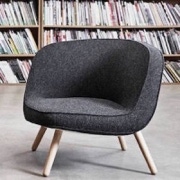
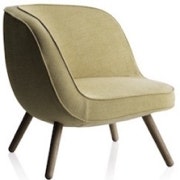
1940
2016
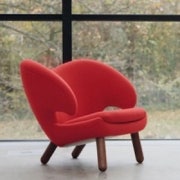
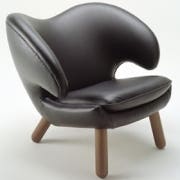


1940
2015

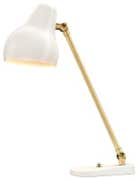

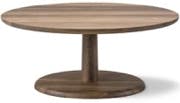
1944
2015
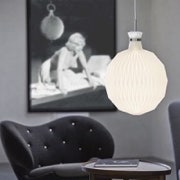
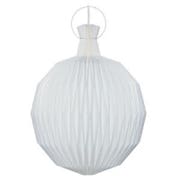
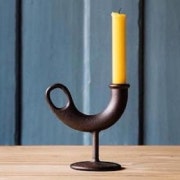
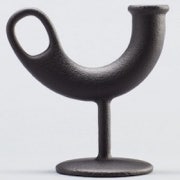
1946
2015
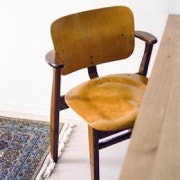
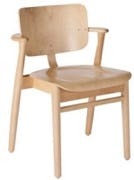
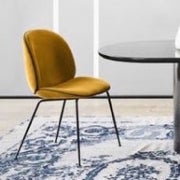
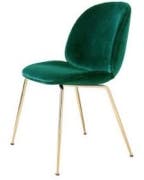
1949
2013
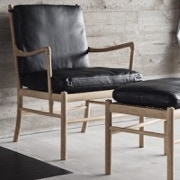
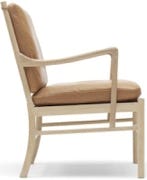

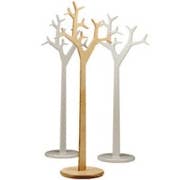
Because industrialisation arrived late in the region, the traditional craft skills remained alive. As a result, Scandinavian modern refused to allow the machine production to supplant the instinctive handling of materials that is innate to craft. While resourcefulness and practicality give Scandinavian design its clarity, its living craft tradition root the design process in the material world and the individual artistic imagination.
1949
2012
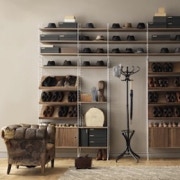
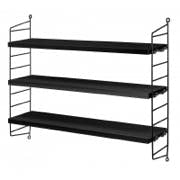
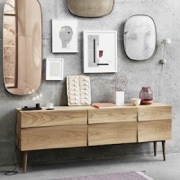
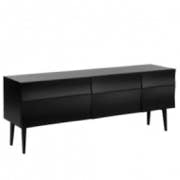
1950
2011
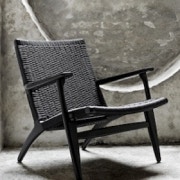
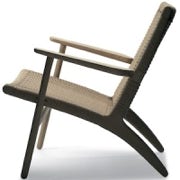


1950
2010
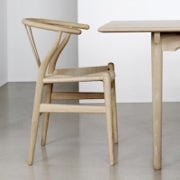
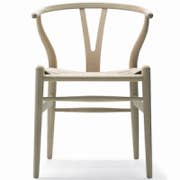
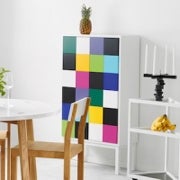
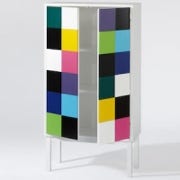
1951
2009

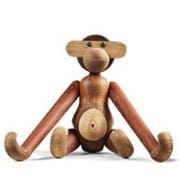
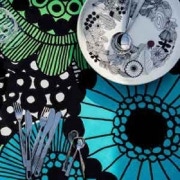
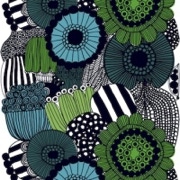
1952
2009

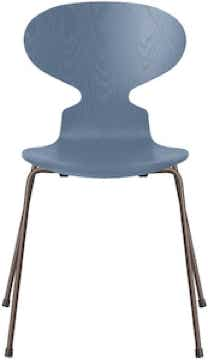
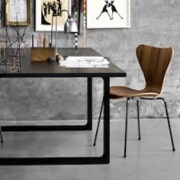
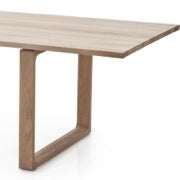
1952
2008
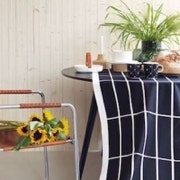



During the long months of darkness, Scandinavian homes had to offer psychological warmth as well as physical shelter and the notion of domestic cheer is embedded in the Scandinavian approach to design. Emotional warmth is never designed out of the picture, as it can be in the more austere reaches of the industrial inspired Bauhaus aesthetic. That warmth may be expressed in colour, pattern and texture or in organic form, but there is always a human quality to Scandinavian design, even at its most futuristic.
1953
2007
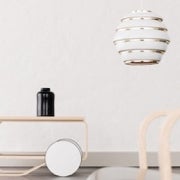
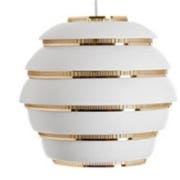

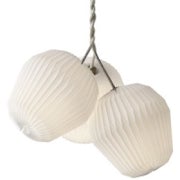
1953
2007


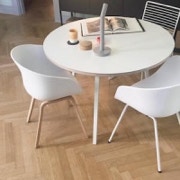
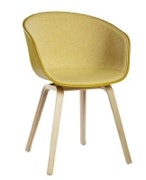
1955
2006
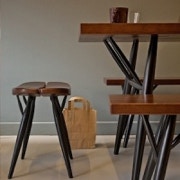
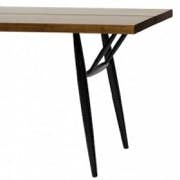
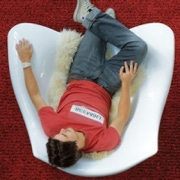

1955
2005
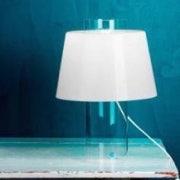
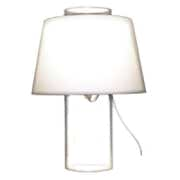
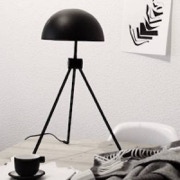

1955
2004

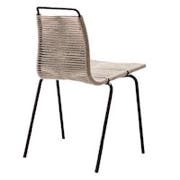


1955
2003
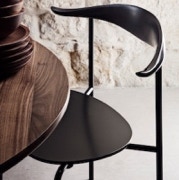
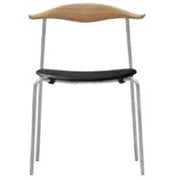


There is also an important moral dimension, which has to do with the political and civic climate rather that the physical one. The prevailing ethos in Scandinavia has long been socially inclusive, liberal and tolerant, which has led to the shared conviction that it is the role of design to improve life for everyone, not to pander to a privileged minority. As a consequence, simple, understated, well-made products have long been preferred over conspicuous consumption of status symbols or showy grandiose effect.
1955
2002
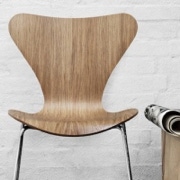
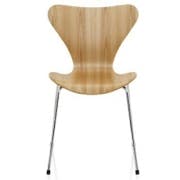
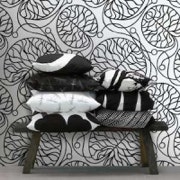
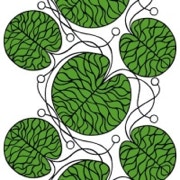
1956
2000
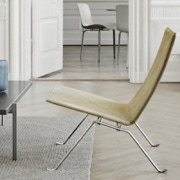
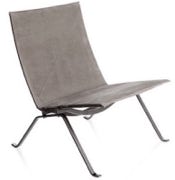

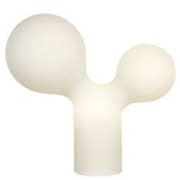
1956
1998
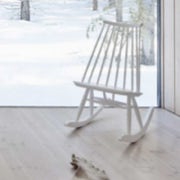
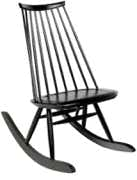
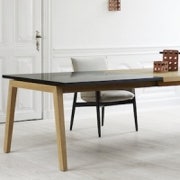
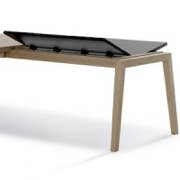
1956
1997
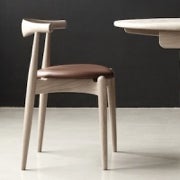
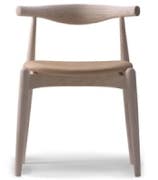
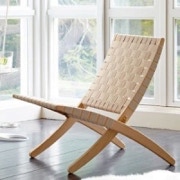
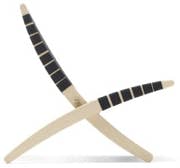
1957
1993
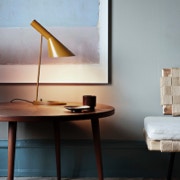

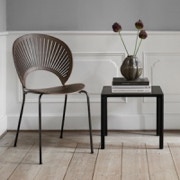
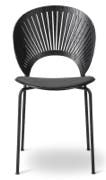
1958
1986
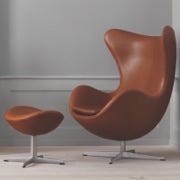

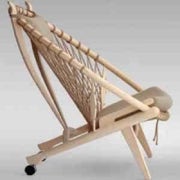
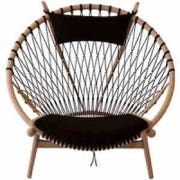
The first golden age of Scandinavian design extends from the 1930s to the beginning of the 1970s. Its founders are called Alvar Aalto, Arne Jacobsen, Borge Mogensen, Hans J. Wegner, Verner Panton, Poul Henningsen, Maija Isola, etc.
1958
1974
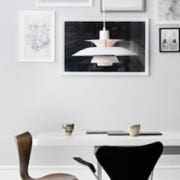
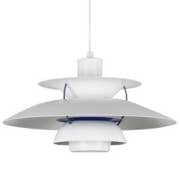
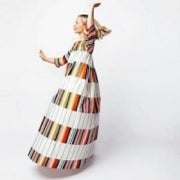
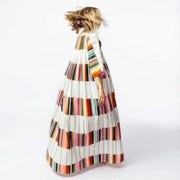
1958
1971
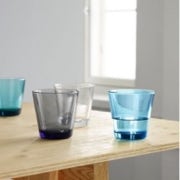

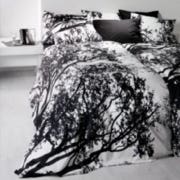

1958
1971
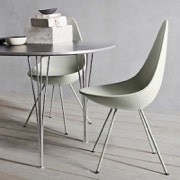

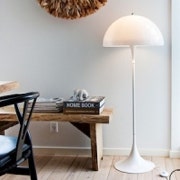
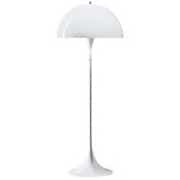
1958
1970
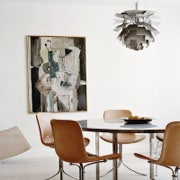
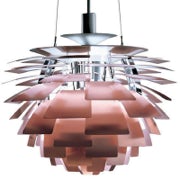
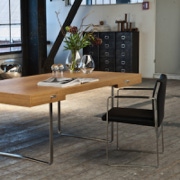

1959
1969

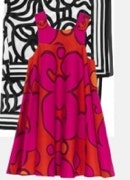

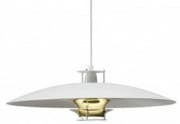
1960
1968
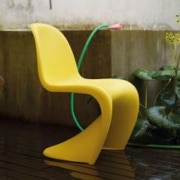
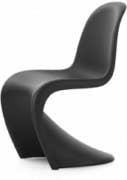


These precursors have provided the model and set of values which still inspire the new scandinavian design: durability, functionality, reliability - but also less tangible values such as simplicity, equality, joy, courage, daily pleasure visible through the creations of new scandinavian brands
1960
1968
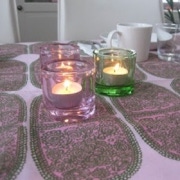
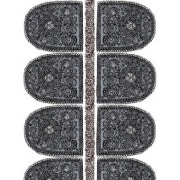
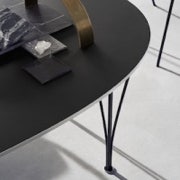
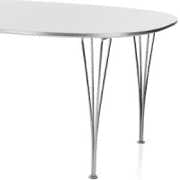
1961
1968
1962
1964
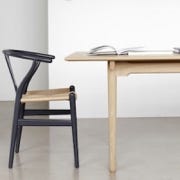
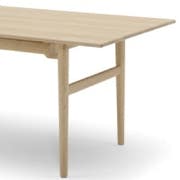
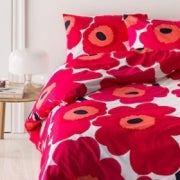
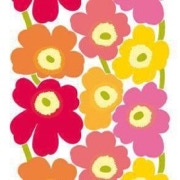
1962
1964
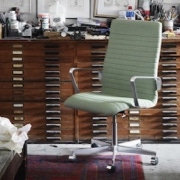
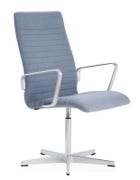

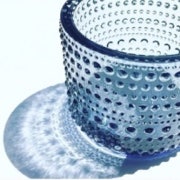
1963
1964
… and many others